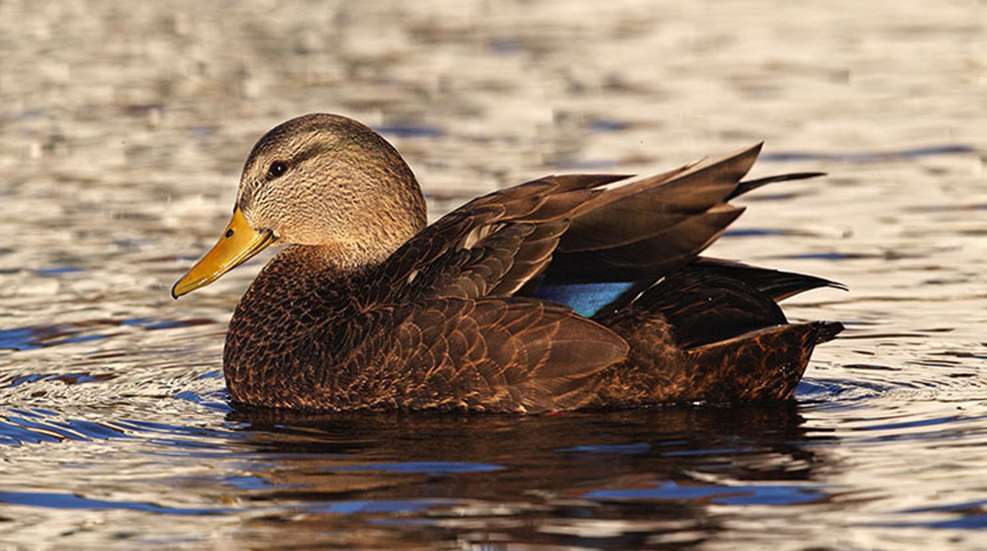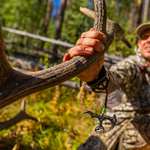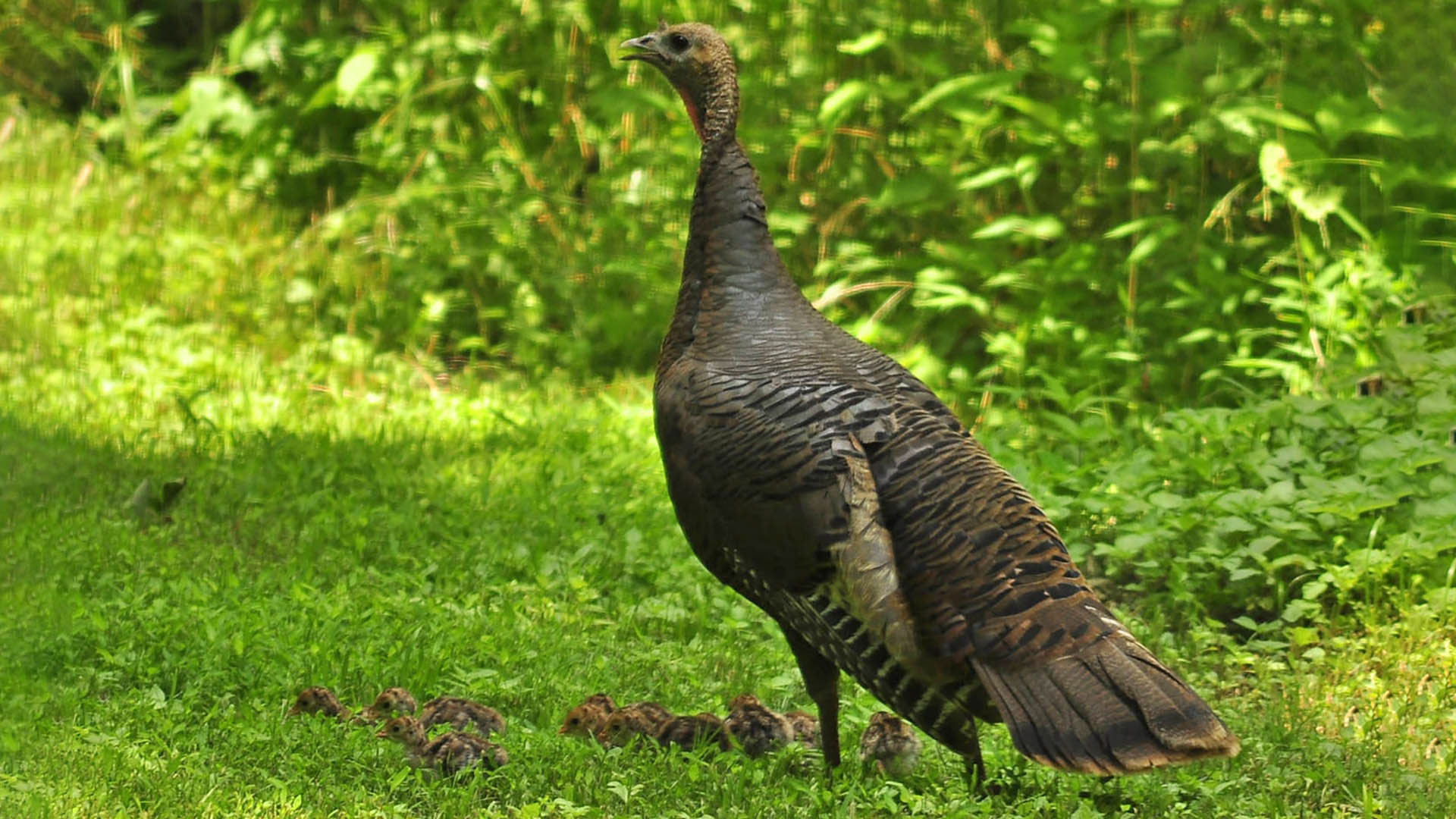
Here in the mid-Atlantic region, the middle split of duck season is about to begin and it brings an interesting change, both in daily-bag regs and, more broadly, in conservation philosophy. After more than 30 years with the daily limit set at one bird, hunters will now be allowed two black ducks per day. However the increase was not spurred by growth in the black duck population, and in fact it comes despite a 30 percent downward trend in the species’ harvest.
Previously, such numbers might not have green-lighted liberalized regulations, but according to the announcement jointly issued by the Atlantic and Mississippi flyway councils, waterfowl managers in the U.S. and Canada are now relying on improved data modeling that provides better insight into the black duck’s actual status. Long-term breeding survey and band-return results have convinced them it’s time to encourage hunters. “The most recent results from the black duck population model indicate that at the current levels of hunting, harvest is not affecting annual black duck survival at the population level,” noted the councils.
Ducks Unlimited Chief Scientist Thomas E. Moorman amplified that, noting, “[So] fewer hunters, lower harvest, combined with reliable population surveys, make it reasonable to increase the bag limit to two birds. Negative impacts to the population don’t seem likely, but the monitoring efforts will detect any if they occur and allow for the bag limit to be lowered if necessary.”
Before this came to light, however, there was a perception among many hunters that the black duck’s future was cloudy at best. Along with flat population counts, it wasn’t unusual to read about potential habitat loss plus the threat from interbreeding with more numerous, more-dominant mallards. It sounded like fate was conspiring against this eastern species.
And so this news came as a surprise to me. I’m all for shooting black ducks—in fact the season’s not fully realized until I do so—but more than that I want to know they’re going to be around while I’m still hunting and long afterward. I’m pretty sure I’m not alone in that because the dark-feathered duck has a kind of cult following. We’re intrigued by its preference for nesting in heavily wooded, shadowy, cold-water haunts and hanging on there until the looming Canadian winter drives it south. We appreciate the innate wariness, which can make its greenhead cousins appear rather impetuous by comparison. There’s also an air of exclusivity about this bird. Not only is it limited geographically, it shrewdly selects secluded backwaters during migration stops.
So I’m curious to see how or if the increased limit affects the harvest and ultimately the population. But according to Dr. Moorman, there should not be much to see. “Harvest does not appear to significantly impact populations of most species of ducks,” he said. “Most populations of ducks are regulated by events during the breeding season. Survival from fall through spring migration rarely stands out as a significant factor in regulating duck populations—at least not in most studies to date.”
That’s reassuring, and a perfect example of why we must entrust trained professionals with wildlife management decisions, an example of how science working hand-in-glove with regulated hunting is our best bet for preserving wild animals, proof that the system is working.
It’s pretty exciting to think that the science has gotten better. Now we just have to keep doing our part.




































